The Dogs of War: How man’s best friend serves in the military
- By Sandboxx
Share This Article
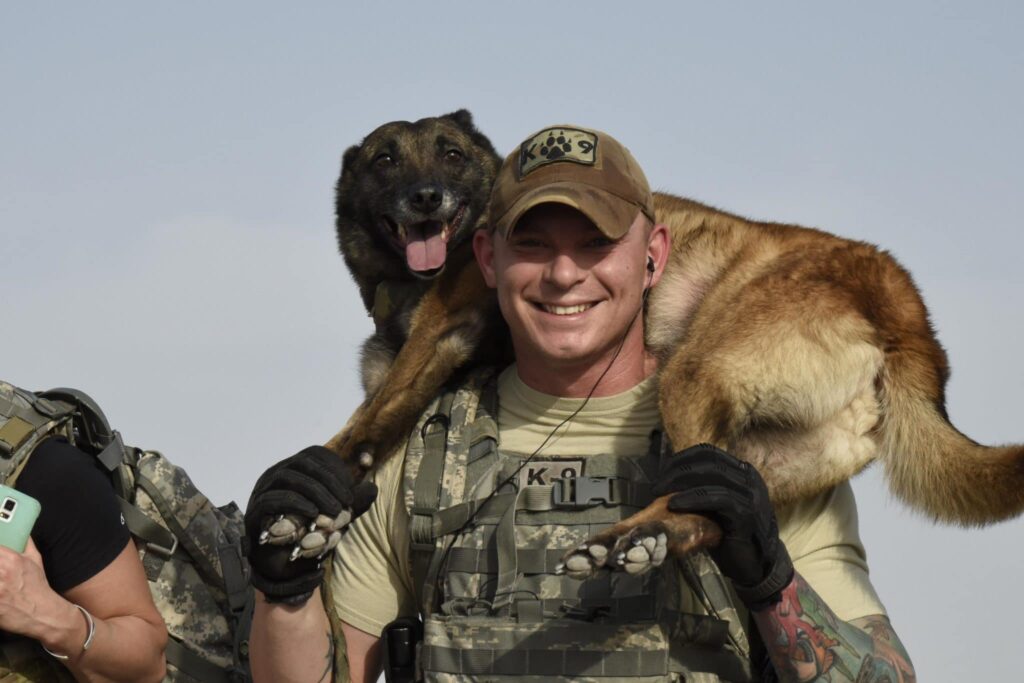
I am the true definition of a dog person. I grew up with dogs, my husband and I have adopted and fostered over half-a-dozen dogs in the past decade, and if it were at all appropriate for any of my professional endeavors, my resume would have “crazy dog lady” somewhere on there in big, bold letters. Digressing from that point, I have always loved learning about how dogs have been a part of history, beyond just being an everyday companion.
Dogs have had a long standing presence in the armed forces and have reportedly been part of nearly every major conflict involving the U.S. military. While they weren’t officially recognized until WWII, the U.S. did have an unofficial “canine war force” throughout WWI. One of the more notable four legged fighters during WWI was a (previously stray) Boston terrier named Stubby.
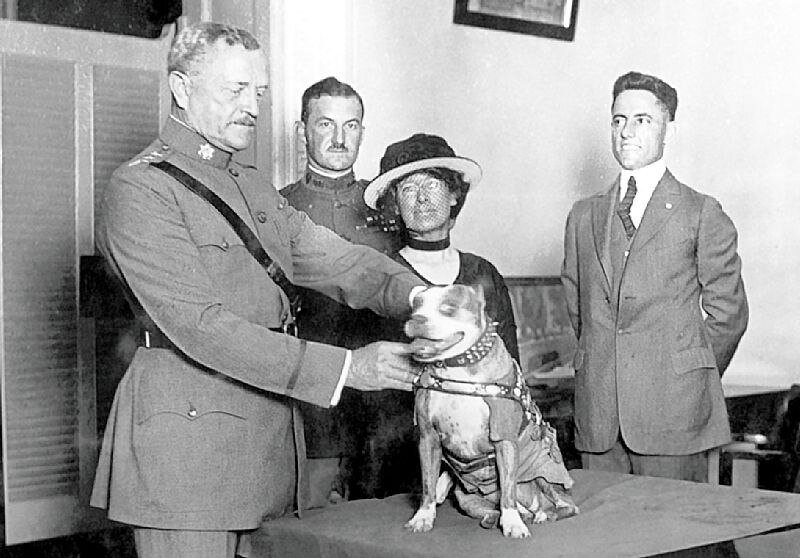
Sergeant Stubby, a rank he later acquired, began as the mascot for the 102nd Infantry Regiment in WWI, and it was during that time that he was assigned to the 26th Yankee Division. In his year and a half of service, Stubby participated in close to 20 battles by sniffing out mustard gas, locating and comforting the wounded on battlefields and barking to alert the presence of enemy troops. Stubby is named as the most decorated military dog in WWI and the first dog to be given a rank in the armed forces. His service paved the way for all the military working dogs that came after him.

Over the years, the military went from adopting strays to breeding dogs specifically for the demands and requirements of their service. Lackland AFB in San Antonio, Texas is home of the DoD Military Working Dog Training School, and that’s where a lot of the magic happens. At any given time, this 3,350 acre facility is home to over 400 dogs who are either in the process of becoming a working dog, or are young, hopeful puppies just starting to learn the ropes.
Each dog is typically trained for specific jobs or skills such as bomb or drug detecting, scouting, attacking, searching, and more. Bomb sniffing dogs are said to be monetarily valued at around $150,000, which is arguably a small price to pay when taking into consideration how important and potentially life-saving their job is.
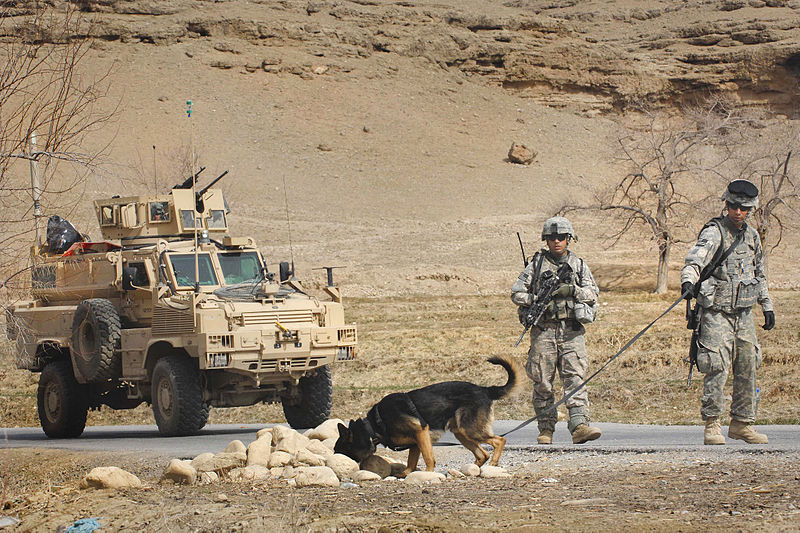
Breed is a big factor when determining skill sets as well. Unsurprisingly, German Shepherds are among the most favored when looking at a standard military working dog. The Dutch Shepherd and Belgian Malinois are also widely used. For dogs trained more specifically in bomb or drug detection, sporting dogs like pointers, setters and retrievers are highly effective at their job. In addition to the dogs bred in Texas, the U.S. does also procure dogs from Eastern Europe to meet their needs.
As if all of that wasn’t impressive enough, there is also a very small group of military dogs called Multi Purpose Canines (MPC’s) who are trained specifically to work with Special Operations teams like the Navy Seals. One of these dogs named Cairo, who was with SEAL Team 6 during the raid of Osama Bin Laden’s compound, is one of the most revered and respected dogs in military history.
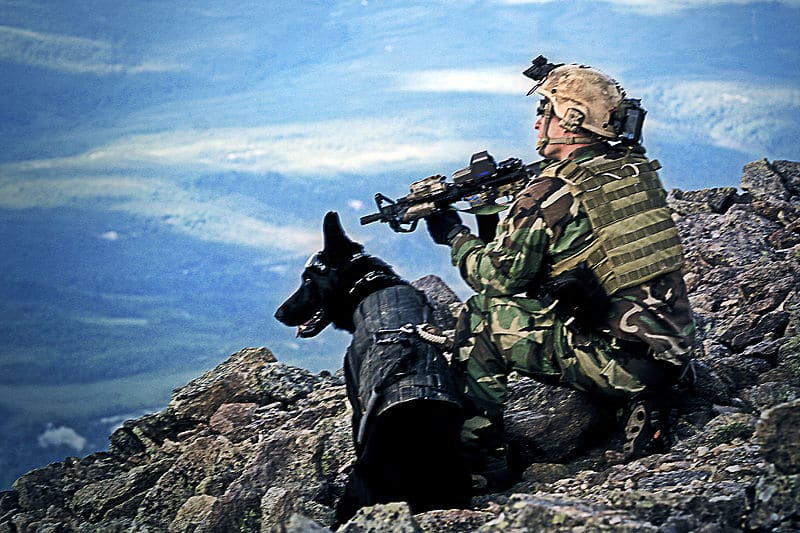
One of the most heartbreaking aspects of having such loyal and dedicated companions in war zones is not only knowing that they too risk their lives to save others, but that they can also be plagued by the same hidden wounds that our human service members can. Just recently, Canine PTSD was recognized by the military as being a real and serious issue, and moving forward it is being taken into consideration throughout training and reintegration of both dog and handler.
Military working dogs’ efforts don’t go unrecognized. All dogs in the service are non-commissioned officers. This practice began as a means to deter handlers from mistreating them, as they are given a rank higher than their handler. Since they outrank their handler, the disciplinary action against any one mistreating them would be significant, helping to ensure they are well taken care of.
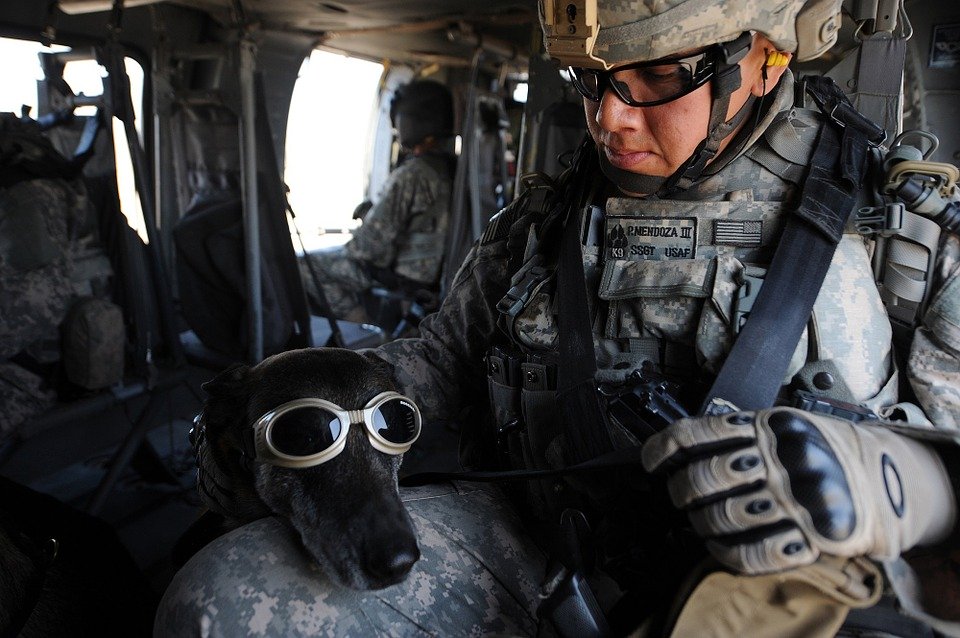
Along with holding ranks, they are the recipients of some of the most impressive medals and military honors as well. One of the highest ranking dogs is Sgt. Major Fosco, who was one of the first to complete a tandem airborne jump with his handler, 1st Sgt. Lalonde. Sgt. Yeager, an explosive detection dog for the Marine Corps, took part in almost 100 combat patrols, and following an IED explosion in Afghanistan in 2012, is the recipient of the Purple Heart.
And while not technically a “military working dog,” having a husband who is a Marine I would be remiss not to mention one of the most recognizable dogs associated with the military: Chesty the bulldog.
Now, while Chesty has become synonymous with the USMC, the first bulldog mascot for the Corps was actually named Jiggs. He joined in 1922, and upon his death, was buried with military honors. It wasn’t until 1957 that another bulldog, Chesty I, became the wrinkle-faced poster child for the Marine Corps.

Named after Lt. Gen. Lewis B. “Chesty” Puller, Chesty personified the tenacity and fighting spirit of Marines past, present and future. From then on, there has been a long line of Chesty’s representing the branch. As of recently, Chesty has also had a lady counterpart as well. In 2017, Opha May became the first female mascot for the Marine Corps Recruit Depot at Parris Island. She’s named after Opha May Johnson who, in 1918, enlisted and became the very first female Marine.

I think it’s true what some say: We really don’t deserve dogs. Not only do they brighten up our day to day lives with their personalities, humor, and unconditional love, they also serve and protect alongside brave men and women, who together put everything on the line for their country. Each dog earns an honorary discharge when they complete their service and, thanks to “Robby’s Law” passed in 2000, are shown the love and respect they deserve–they are adopted out to either their handlers, or a qualified family to enjoy their retirement to the fullest.
“The capability they bring to the fight cannot be replicated by man or machine. By all measures of performance, their yield outperforms any asset we have in our inventory.”
-General David Petraeus, United States Army
Related Posts
Sandboxx News Merch
-

‘AirPower’ Classic Hoodie
$46.00 – $48.00 Select options This product has multiple variants. The options may be chosen on the product page -

‘Sandboxx News’ Trucker Cap
$27.00 Select options This product has multiple variants. The options may be chosen on the product page -

‘Kinetic Diplomacy’ Bumper Sticker (White)
$8.00 Add to cart

Sandboxx
The editorial team at Sandboxx.
Related to: Military History
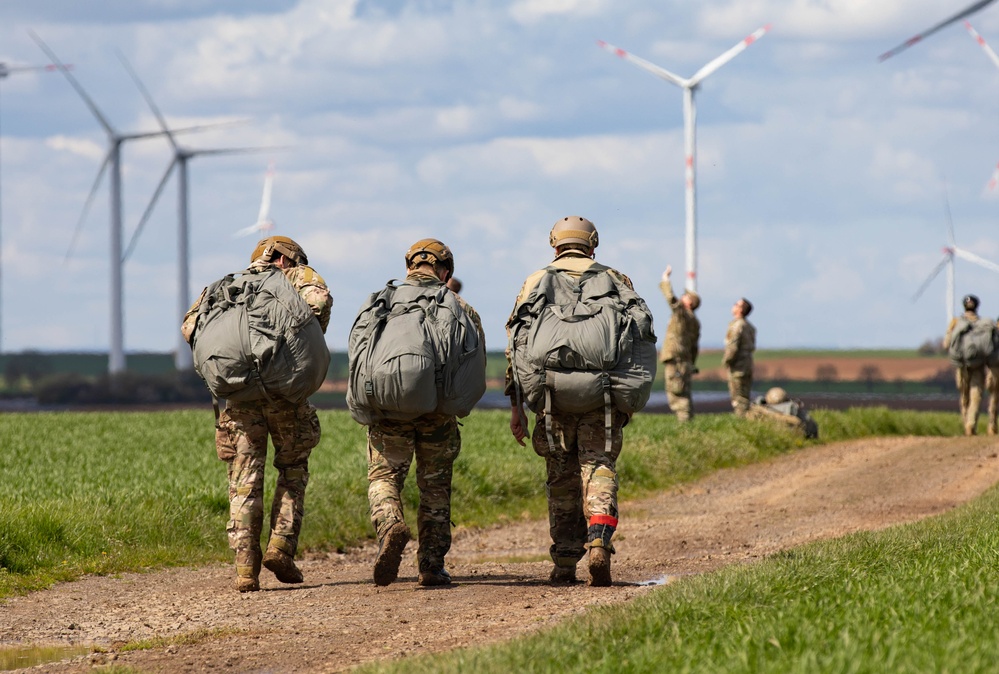
Congress demands answers on low testosterone issues among special operators
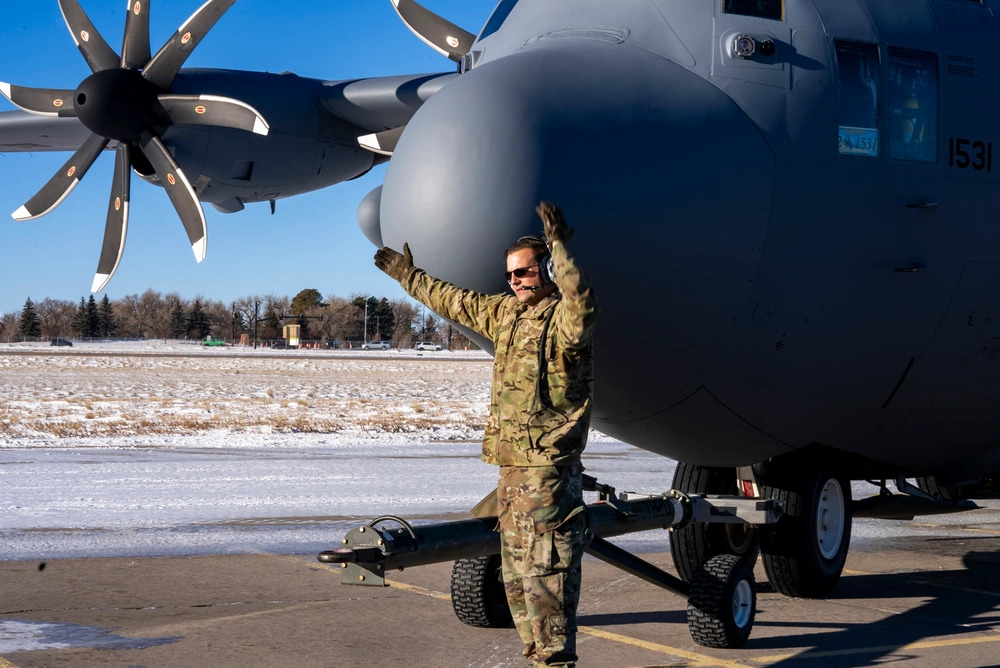
Video: US military sends aircraft to help with LA fires
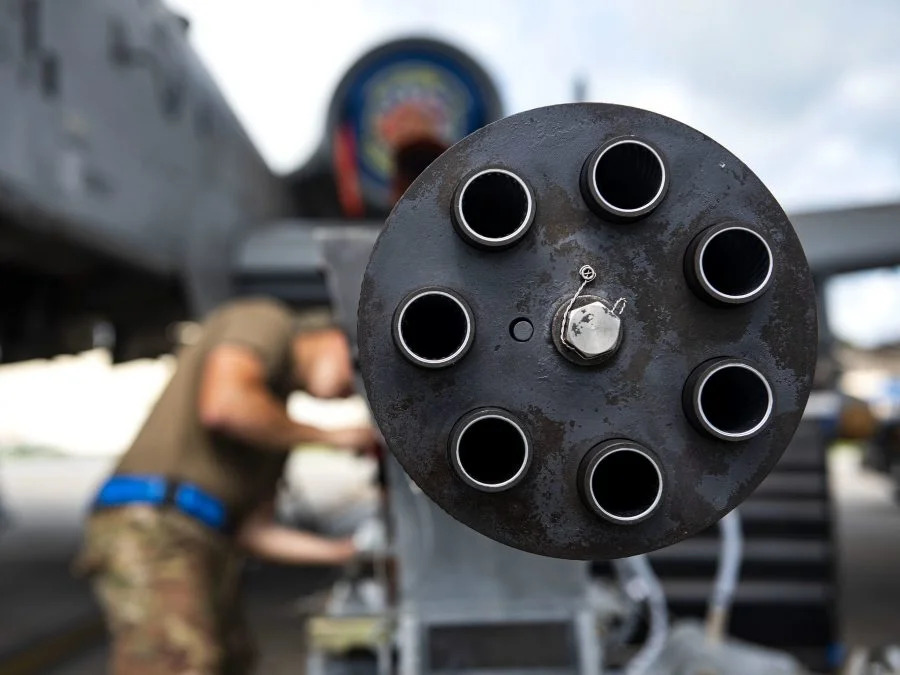
Video: DARPA wants to arms a missile with cannons
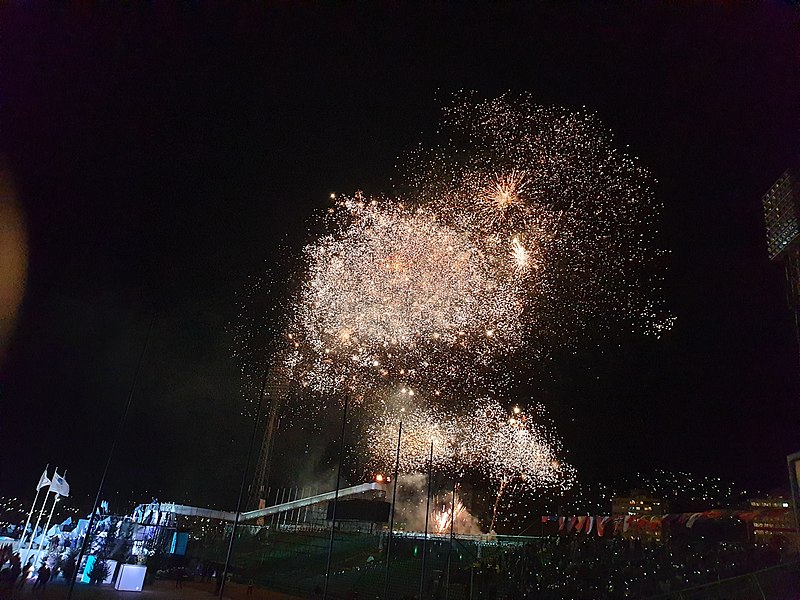
How a Delta Force operator celebrated New Year’s in Bosnia
Sandboxx News
-

‘Sandboxx News’ Trucker Cap
$27.00 Select options This product has multiple variants. The options may be chosen on the product page -

‘AirPower’ Classic Hoodie
$46.00 – $48.00 Select options This product has multiple variants. The options may be chosen on the product page -

‘AirPower’ Golf Rope Hat
$31.00 Select options This product has multiple variants. The options may be chosen on the product page -

‘Sandboxx News’ Dad Hat
$27.00 Select options This product has multiple variants. The options may be chosen on the product page
